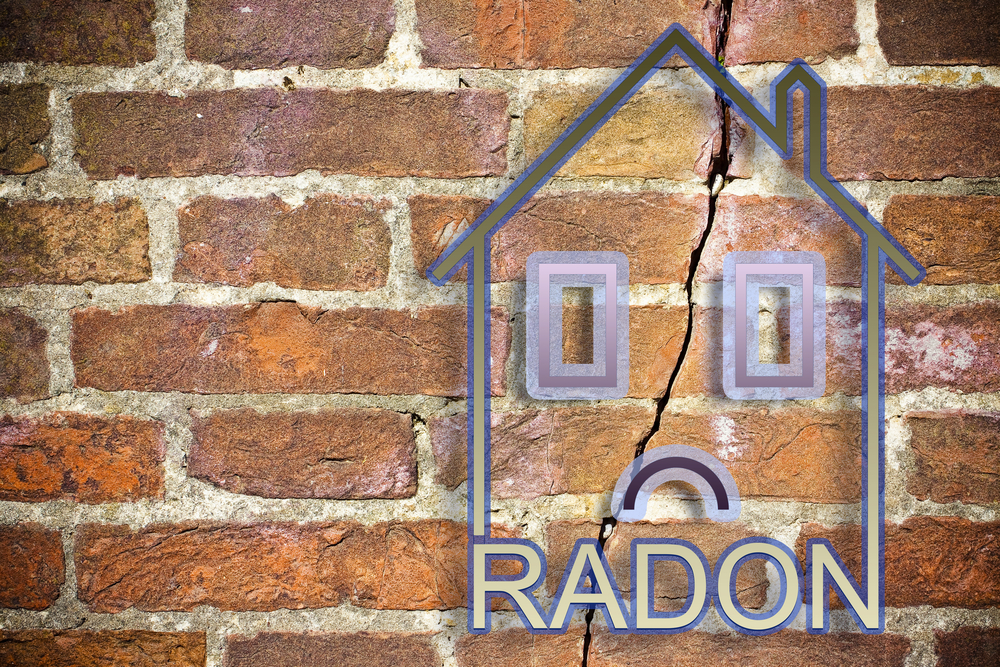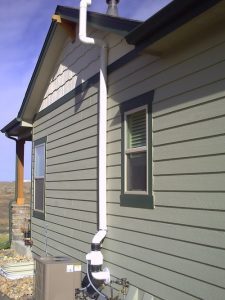
14 Dec Are Radon Levels Higher in Winter?
We spend our days teaching people about the dangers and tell-tale signs of radon gas poisoning – and that means answering a lot of questions about radon. One of the common questions we get is whether or not radon levels fluctuate. But more importantly, are radon levels higher in winter or summer, or somewhere in between? This is an excellent question and one we want to dive into more deeply here. Not only will the answer affect your radon test results, but it will also influence when and how often you should be testing for dangerously high levels of radon gas in your home or building. But the question of whether or not radon levels are higher in winter definitely has multiple parts. Here are a few things to consider.
1. Closed windows and doors.
First, we have to consider how we treat our homes differently in winter as opposed to the other seasons. Are you more likely to leave your doors and windows open, or closed? Likely, you’ll keep your home shut tight by closing windows, keeping doors to the outside shut, and even keeping your curtains drawn to increase insulation and improve energy efficiency as you run your furnace.
What does this mean for radon levels?
It means that as radon naturally leaks from the soil and up into your home, it’s going to have nowhere to escape. So don’t be surprised if you tested your home for radon in the summer, spring, or fall and showed safe levels (below 4.0 pCi/L), then retested in winter and showed unsafe radon levels. For this reason, we recommend testing your home at different times during the year to see if your levels are ever reaching unsafe limits.
2. Blanket effect.

What’s another thing to consider? Snow. In Colorado, we see quite a lot of it. And what does snow like to do? It likes to create a beautiful winter blanket over the ground. But that very same snow that solicits oohs and aahs can also be causing higher radon gas levels in your home. Because radon gas seeps out from the soil, a snow blanket on top of the ground means there is more of a barrier to its escape. What’s the next easiest path? Through the soil beneath your home. The blanket effect can lead to higher radon levels in winter as radon seeks out the easiest possible escape route. If you live in an area with heavy snow for much of the year, we highly recommend having your home tested or re-tested for radon in winter.
3. Stack effect.
The stack effect involves differing pressure levels in your home based on temperature. Air near the top of your home is under higher pressure as it tries to escape outside, whereas there is lower pressure near the bottom of your home as air flows inward. The difference in pressure is higher when the difference between indoor and outdoor temperatures is greater. This means that it’s at its highest in winter time (next highest in summer), thus contributing to increased radon levels in winter.

No Comments